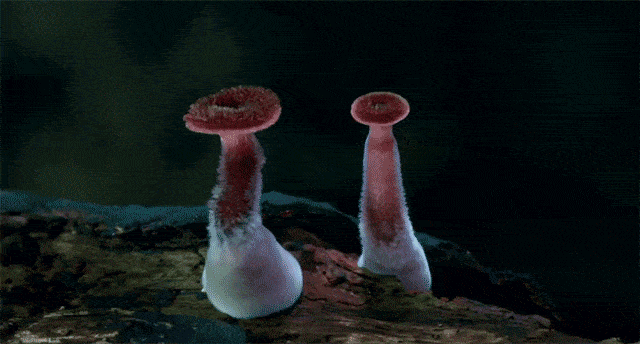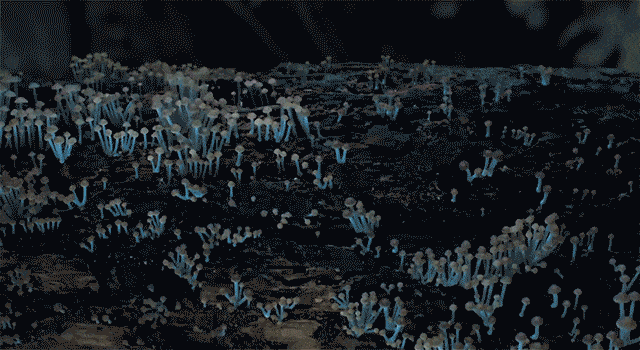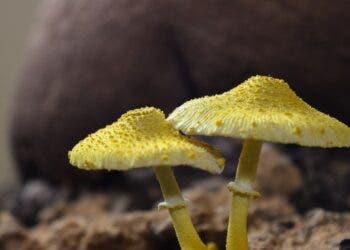Fewer things are more pleasant than hearing David’s Attenborough soothing voice accompanied by some spectacular nature footage. The sequel to the legendary Planet Earth is upon us, but, unfortunately, if you’re not in the UK, watching it online will prove difficult. Video fragments have been published but full episodes are mostly unavailable unless your provider has an agreement with the BBC.
This footage comes from Jungles episode (UK only) and includes a few specimens shot for the very first time by Steve Axford, which we have also featured in the past.
“Fungi, unlike plants, thrive in the darkness of the forest fall. They’re hidden until they begin to develop the incredible structures with which they reproduce. Each releases millions of microscopic spores that drift invisibly away,” David Attenborough explains.
Seriously, if you haven’t seen Planet Earth (or Planet Earth II – the episodes that have emerged), stop whatever you’re doing and go watch it now. Your life will not be the same again.
Credits: BBC via This is Colossal.










